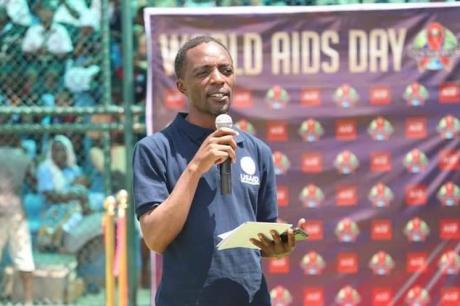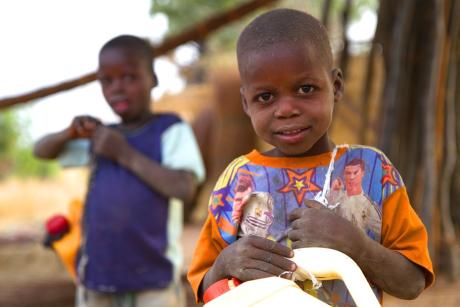By Sarah Lombardo
Yesterday I made my first visit to the University of Ruhuna. It sits across the street from Karapitiya Teaching Hospital (THK), the largest tertiary care center in the southern part of Sri Lanka, and houses the academic offices of the medical faculty members.
After a breakfast of fruit, eggs, and toast, Dr. De Silva collected me from Leijay’s front gate shortly before 9am. We moved slowly along a twisting, narrow road to the main road that leads into the city of Karapitiya. In the future I will have to learn to navigate this route myself, catching the bus that travels the main road to THK.
Dr. De Silva’s car is very nice – quite a bit nicer than the creaking, dirty, and scratched Ford Taurus that I drive back in NC. I would later learn that huge taxes are levied on cars imported to Sri Lanka, on the order of 300 to 400%. As a government employee, however, every 5 years Dr. De Silva is allowed to purchase a new car while paying only a very small fraction of these taxes. Another perk of being a doctor (all of whom are government employees) is the 6-inch by 4-inch sticker affixed to the left lower corner of the front windshield. It is a red cross encircled by a thin red line, with the word “Doctor” below. This easily duplicated badge allows its owner certain parking privileges, and may even help to escape a speeding ticket or two.
We arrived at Ruhuna shortly after 9am. Though several faculty members were present, many were on leave until the start of term on June 6th. I talked with Dr. De Silva in his office in the Department of Community Medicine for several hours. He explained the Sri Lankan health education system, and the long and complex path that one must take to obtain training in public health. It is quite the opposite of our system in the US, where a 1-2yr masters program confers a degree and the implication of competence in the field. In Sri Lanka the aspiring public health official must first complete his or her MBBS, and then take additional tests and be selected to participate in additional training, including a mandatory externship abroad. They take their public health seriously here. And doing so has done Sri Lanka quite well.
Now I think it is time for some fun facts about Sri Lanka (gathered from rigorous academic sources, including the Rough Guide to Sri Lanka, Dr. De Silva, and various random Internet sites that I’ve crossed in the past few weeks). Sri Lanka has a population of about 20 million, of which the majority are Singhalese and 10-15% are Tamil (more on this later). The primary religion in Buddhism (70%), though there is also a healthy population of Hindus (15%), Muslims (8%), and Christians (8%). Education in Sri Lanka is free, compulsory for the first 9 years, and quite effective (92% literacy rate!). The average life expectancy is 72 years (69 for males, 76 for females), and it has the lowest child mortality rate in SE Asia (14.7 per 1000 live births, compare this to 87.5 per 1000 in Cambodia and 7.8 per 1000 in the US). These impressive health statistics are often attributed to the strong dedication to public health and amazingly high rates of vaccination coverage (the graph for the past decade is basically a straight line at 100%).
Obviously there is a lot more to Sri Lanka than just a bunch of stats. The culture and history of the island are both extensive and fascinating, and I hope to address this better in future posts as I learn and read more about Sri Lanka.



